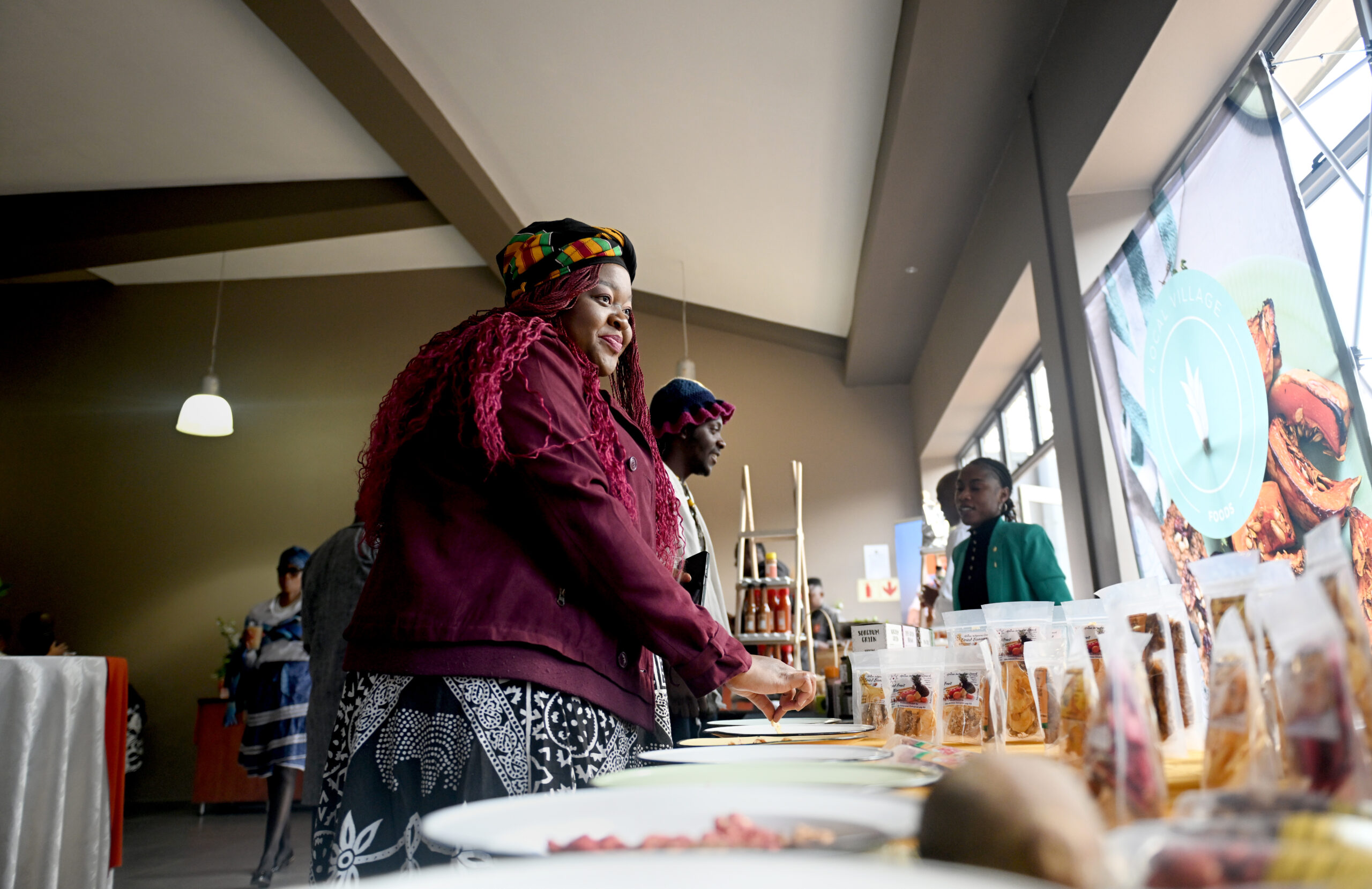Prof Clinton Aigbavboa is a professor in the department of construction management and quantity surveying at the University of Johannesburg.
He recently published an opinion article that first appeared in the Sowetan Live on 10 July 2025.
Digital twin is key to transform asset management
Digital twin is key to transform asset management
Two years after an underground gas explosion in the Johannesburg CBD, residents and businesses will be hoping that the City of Johannesburg (CoJ) meets its deadline for repairs this time around. After missing earlier deadlines, the City has since committed to reopening Lilian Ngoyi Street (formerly Bree) to traffic on August 31.
The City has blamed the delays on disputes with contractors. The protracted delays have highlighted a lack of urgency for innovative solutions that enhance our city’s resilience in the face of infrastructure disasters. The explosion provides a poignant reminder of the fragility of urban infrastructure across SA and the need for robust systems to manage and mitigate such incidents.
Coming at a time when members of the public are often regaled with talks of “the fourth industrial revolution (4IR) is here” from politicians, the explosion could have served as an opportunity for the city to leverage Digital Twins, a breakthrough 4IR technology that creates virtual copies of real-world systems. Adoption of 4IR, artificial intelligence and intelligent systems form part of the CoJ’s integrated development plan 2021-2026.
Digital Twins technology can be updated in real-time through sensor data, to predict problems, optimise operations and enable smarter, safer government decisions and improving infrastructure, among its other uses.
As the economic powerhouse of SA, the CoJ attracts millions of people from across the country and other parts of the world. This means that the city is faced with the complex challenges of managing its vast and diverse assets while ensuring service delivery to its residents.
From buildings and bridges to gas, water and power systems, effective management of these assets is crucial for the city’s sustainable development and to ensure optimal service delivery to its citizens and the efficient use of resources. A proper asset management will go a long way in mitigating risk of infrastructure failure, promoting sustainability through life-cycle consideration of assets, and aids financial planning by optimising value for money. Additionally, it ensures the legal compliance with regulatory requirements related to maintenance and upkeep of infrastructure.
However, in our fast-evolving digital age, traditional approaches to municipal asset management fall short, considering the complexity of the systems via-a-vis the number of people engaging with the infrastructure per time. In a highly populated city like Johannesburg requiring efficient infrastructure maintenance, the need to leverage cutting-edge technologies such as Digital Twin technology is more compelling than ever.
Digital Twin is a dynamic, real-time virtual model of a physical object, system, or process that integrates real-time data, artificial intelligence, and analytics to replicate and monitor the behaviour and performance of its physical counterpart. Embedded sensors continuously feed data into the model, allowing users to simulate, analyse, and optimise performance in a risk-free environment.
Beyond replication, Digital Twins offer predictive insights and visualisations, enabling informed decision-making. When integrated across systems, they form an enterprise metaverse, a connected digital environment supporting scenario planning and operational efficiency. Digital Twin technology is already being utilised in various industries, from manufacturing, aviation and healthcare to urban planning and disaster management, to improve operational efficiency, predict potential issues, and test scenarios without risk.
In the context of CoJ infrastructure, a Digital Twin could mirror every aspect of the city’s-built environment, from individual buildings if connected to comprehensive utility networks such as gas, water and electricity pipelines among others. This technology could revolutionise the way we manage, protect, and optimise the city’s infrastructure assets.
In the aftermath of the 2023 explosion or similar disasters, a Digital Twin can provide a complete, up-to-date snapshot of the city’s infrastructure, identify the most affected areas and help coordinate targeted disaster response efforts to ensure the quick and fast restore of disconnected municipal service to its citizens. By simulating the city’s infrastructure, Digital Twin will allow us to understand the extent of the damage, anticipate potential cascading effects, and strategise efficient recovery.
As the CoJ evolves and recovers, so too does the Digital Twin. A Digital Twin system will enable infrastructure managers to facilitate evidence-based decision-making, guides infrastructure improvements, and helps us to build back better.
However, implementing a Digital Twin will require a strategic planning, investment, and technical expertise. It will also require a comprehensive data infrastructure and robust governance frameworks to ensure the technology’s responsible and ethical use. Also, considerations of equity and inclusivity are also essential to ensure the benefits of this technology reach all residents.
By investing in this technology, we can enhance our City’s resilience, making it better prepared to face future calamities, ensuring the safety and wellbeing of our citizens pre and post disaster events. As the city reels and rebuilds, the Digital Twin technology stands out for its potential to enhance our resilience in the face of infrastructure disasters.
*The views expressed in this article are that of the author/s and do not necessarily reflect that of the University of Johannesburg.



